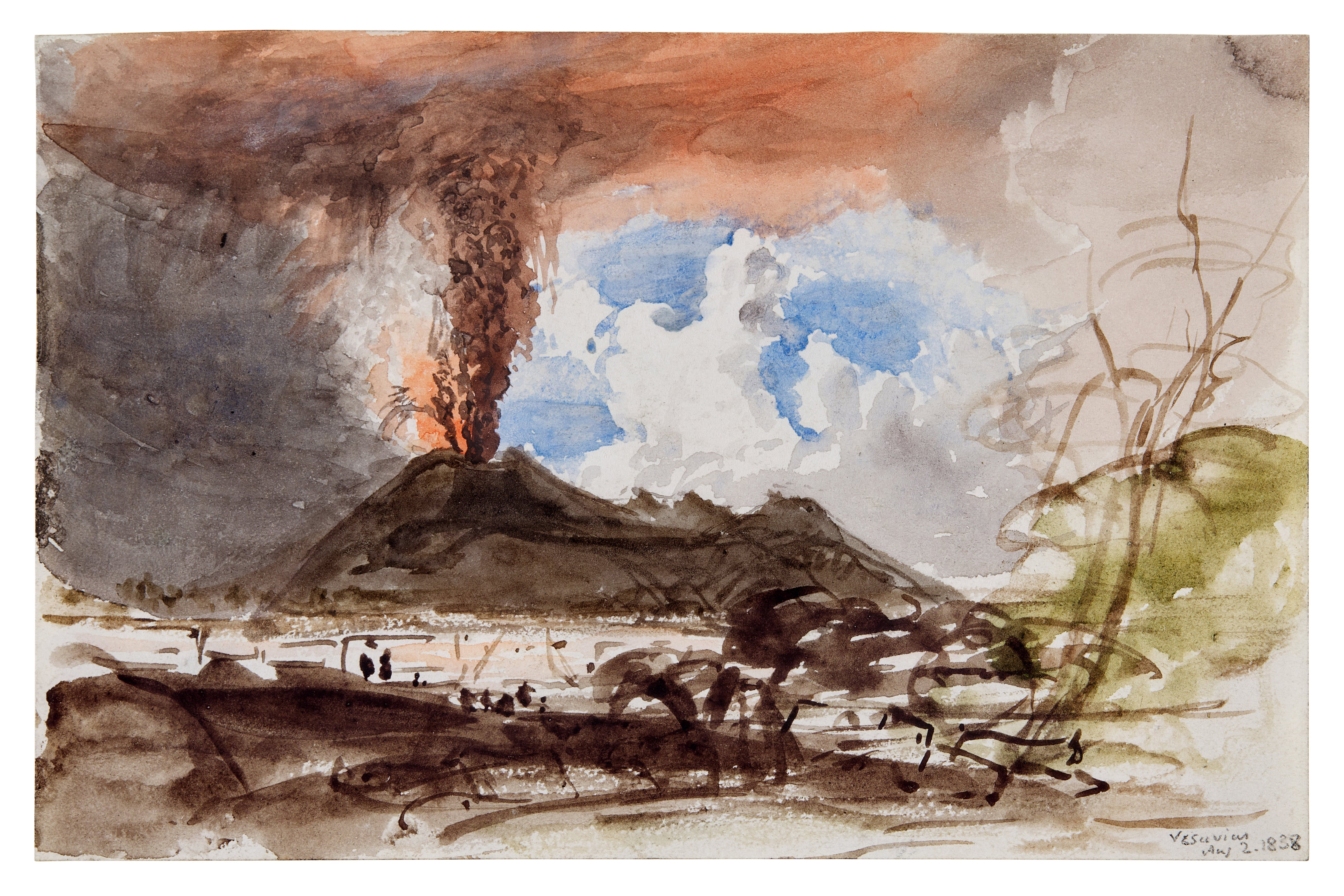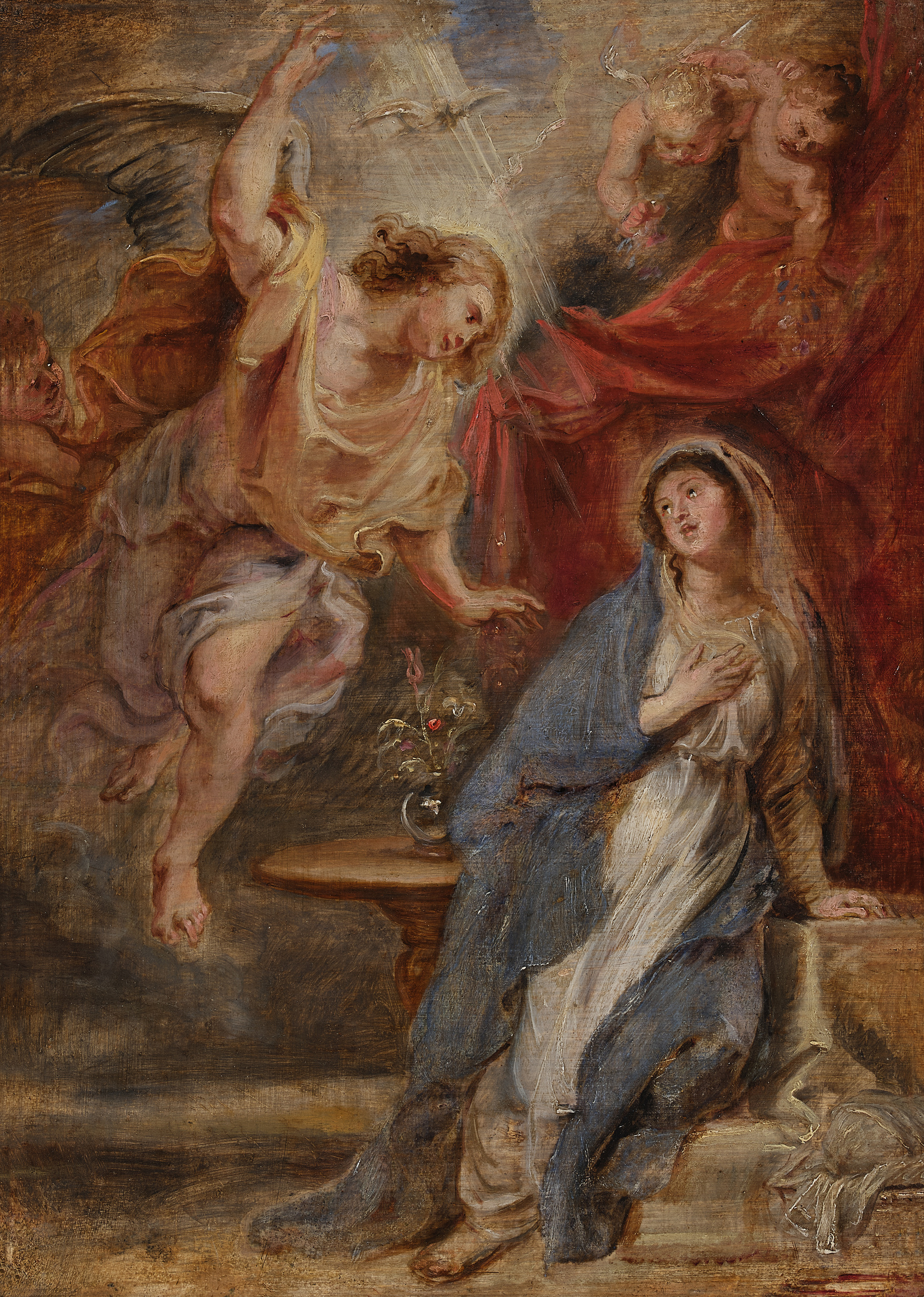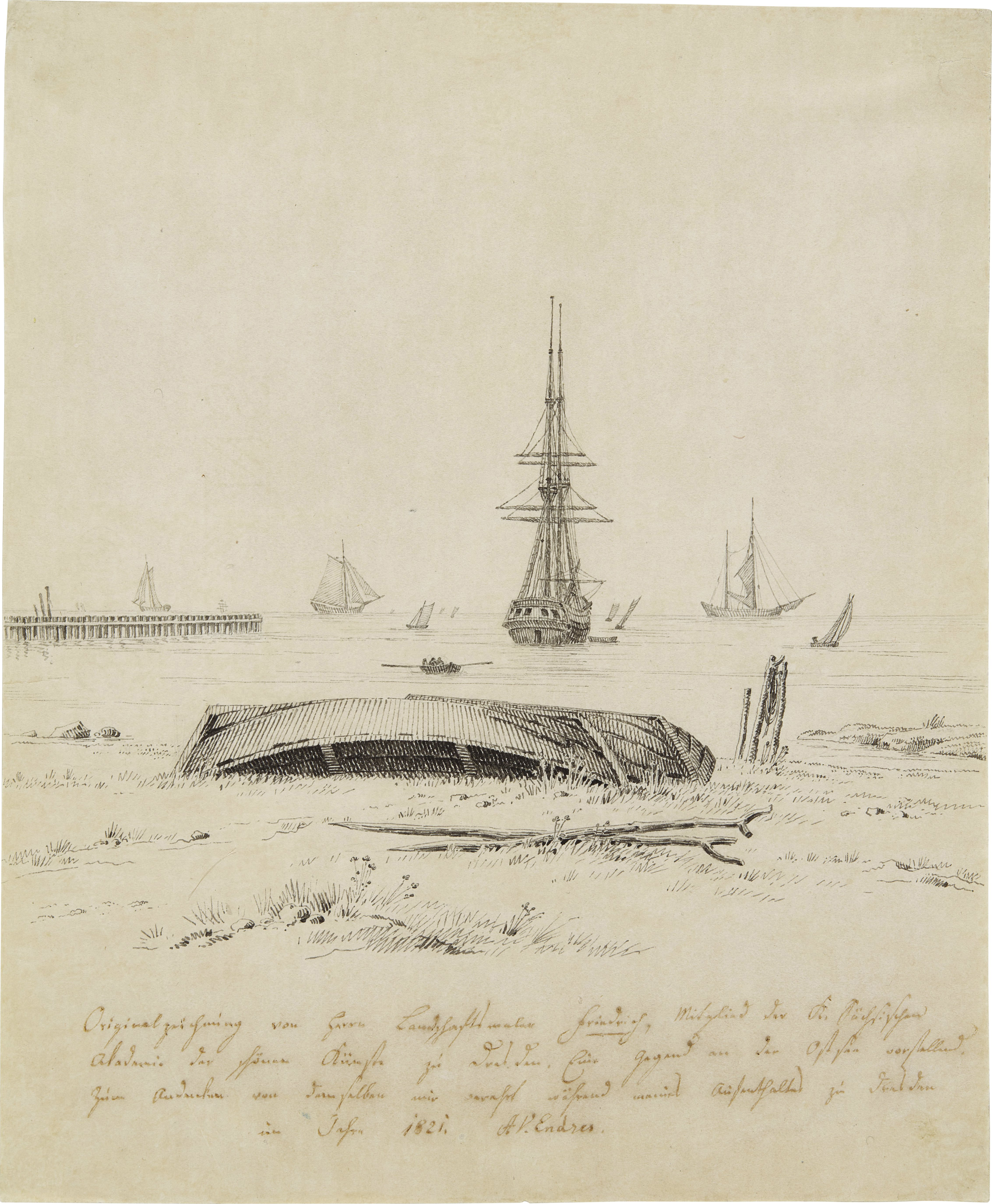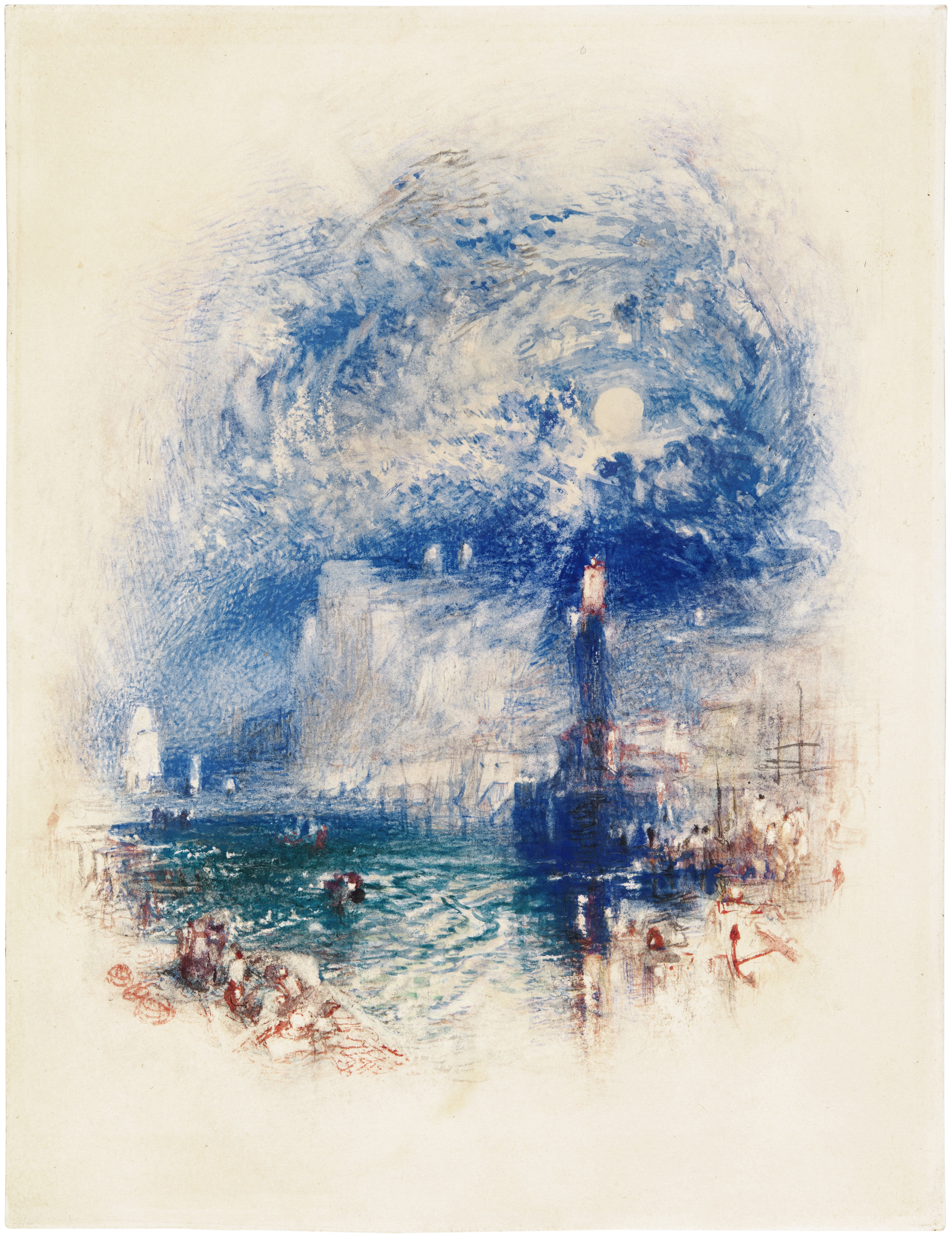From Vinted to Velázquez: The younger generations' appetite for antiques and Old Masters
The younger generations’ appetite for everything vintage bodes well for the future, says Huon Mallalieu, at a time when an extraordinary Old Masters collection is about to go under the hammer.


I am writing this on the day The Times featured a report from the British Antique Dealers’ Association that reveals it is experiencing a surge in new members in their twenties and thirties and that its businesses, as well as second-hand and charity shops, are attracting a new, younger clientele for traditional antiques and vintage items.
It is good to think that society may be catching up with ‘Antiques Are Green’, an initiative launched in 2009 to ‘promote the green credentials of antiques’. Supporters included both national and multinational dealers’ and auctioneers’ associations. Since then, this very worthy cause has been helped by the expansion of media channels and the development of online antiques marketing. Most visibly, Vinted, a digital marketplace launched in 2008 for used and second-hand clothes, is now widely used for old items of other kinds. The site is booming and has inspired others to enter the field.
The grand and middle-range fairs I have been to so far this year have seemed to enjoy the sort of enthusiasm among both exhibitors and visitors that has not been seen since well before the pandemic and — merely my impression — attendances have appeared to include greater numbers of younger people. Old Master paintings have undoubtedly lost some of their allure, because education here and elsewhere in the Western world pays less attention to the Arts and history in general and Biblical and classical stories are no longer part of a shared culture. However, the readiness of younger buyers to mix old and new and to choose things because they like them, rather than to make financial statements, should help here.

Rubens' preparatory oil sketch on panel for the Annunciation.
Sotheby’s is currently staging a world tour for 56 Old Master paintings from Thomas and Jordan Saunders’s collection, which the auction house hopes will be the first to break the $100 million barrier when it is offered in May. That could be an occasion for a column on the way that the market has moved so far this century since the Saunders bought their first painting, a small Venetian Guardi, in January 1998. The way things are, it may be unwise to make any predictions even for the near future, but some of the results from Sotheby’s early-year Old Master sales in New York are perhaps relevant.
One of the Bible stories that must surely still be widely recognised is the Annunciation. The confrontation between Archangel and Virgin remained essentially the same in compositional terms, even if great artists managed to convey a remarkable variety of emotions within it, as can be seen clearly in the numerous examples in the current Siena show at the National Gallery. Most moving, I found, are the preparatory drawings in sinopia earth pigment for a fresco by Ambrogio Lorenzetti. The simplified execution conveying Mary’s complex reactions as she clings to a column could be 20th, rather than 14th, century.
In a Sotheby’s sale earlier this year, there was a 16½in by 12¼in preparatory Annunciation oil sketch on panel by Rubens, where the emotions are conveyed by Baroque movement rather than early Renaissance stasis. Mary, entranced, half rises to meet the commotion of the angel’s arrival. This was painted in about 1628 in connection with an altarpiece for a great Spanish collector, Don Diego Messía Felipe de Guzmán, Marques de Leganes, who owned 30 paintings by Rubens and perhaps also a cat. Where there is only a tangle of linen in the bottom-right corner of the sketch, in the finished work there is a blissfully unaware sleeping cat. I wonder what difference to the price of the sketch, $4.8 million (about £3.8 million), that detail might have made, had it been included.

Believed to be a self-portrait in 1836, then until 1957, a 22¾in by 17in portrait of Velázquez sold in February has subsequently had a very up-and-down history, as far as attribution is concerned (above). It has been ‘attributed to’ Juan de Pareja, Velázquez’ assistant, became ‘by’ Pareja, ‘attributed’ again, then ‘Follower of’ Velázquez, ‘by’ again and now ‘Circle of’ Velázquez. Perhaps one should no longer say ‘now’, as, in real terms, the 2004 price as ‘Follower’ was half this February ‘Circle’s’ $96,000 (£77,328).
Exquisite houses, the beauty of Nature, and how to get the most from your life, straight to your inbox.

Sotheby’s ‘Master Works on Paper over Five Centuries’ sale was also earlier this year, coinciding with the annual Master Drawings New York dealers’ exhibitions, which, like the fairs, pulled in a fine haul of collectors who were in a mood to buy. It may be a little unkind, but I feel autograph-hunting, rather than aesthetic judgement, was involved in making the top price, $720,000 (£579,960). It was paid for an 8½in by 7¼in page from a sketchbook that Caspar David Friedrich (1774–1840) had used for a black-ink drawing of the beach at Wieck on the Baltic with ships offshore and a couple of beached fishermen’s boats (above). Despite a catalogue note that tried to find spiritual meanings in it, this seemed merely a workmanlike study with little of Friedrich’s heart-tugging magic. Sotheby’s $350,000 estimate may have recognised this.

Two English watercolours each did well, which was expected of Turner’s 7¾in by 6in vignette Light-Towers of Le Havre, France (above) at $420,000 (£338,310), but not of Samuel Palmer’s splendid sketch of Vesuvius erupting in 1838 at $336,000 (£265,815). That had been estimated only to $20,000; the auctioneers will no doubt be charging a ‘success’ fee for their mistake. It was helped by a touching inscription by Palmer’s son.
After four years at Christie’s cataloguing watercolours, historian Huon Mallalieu became a freelance writer specialising in art and antiques, and for a time the property market. He has been a ‘regular casual’ with The Times since 1976, art market writer for Country Life since 1990, and writes on exhibitions in The Oldie. His Biographical Dictionary of British Watercolour Artists (1976) went through several editions. Other books include Understanding Watercolours (1985), the best-selling Antiques Roadshow A-Z of Antiques Hunting (1996), and 1066 and Rather More (2009), recounting his 12-day walk from York to Battle in the steps of King Harold’s army. His In the Ear of the Beholder will be published by Thomas Del Mar in 2025. Other interests include Shakespeare and cartoons.
